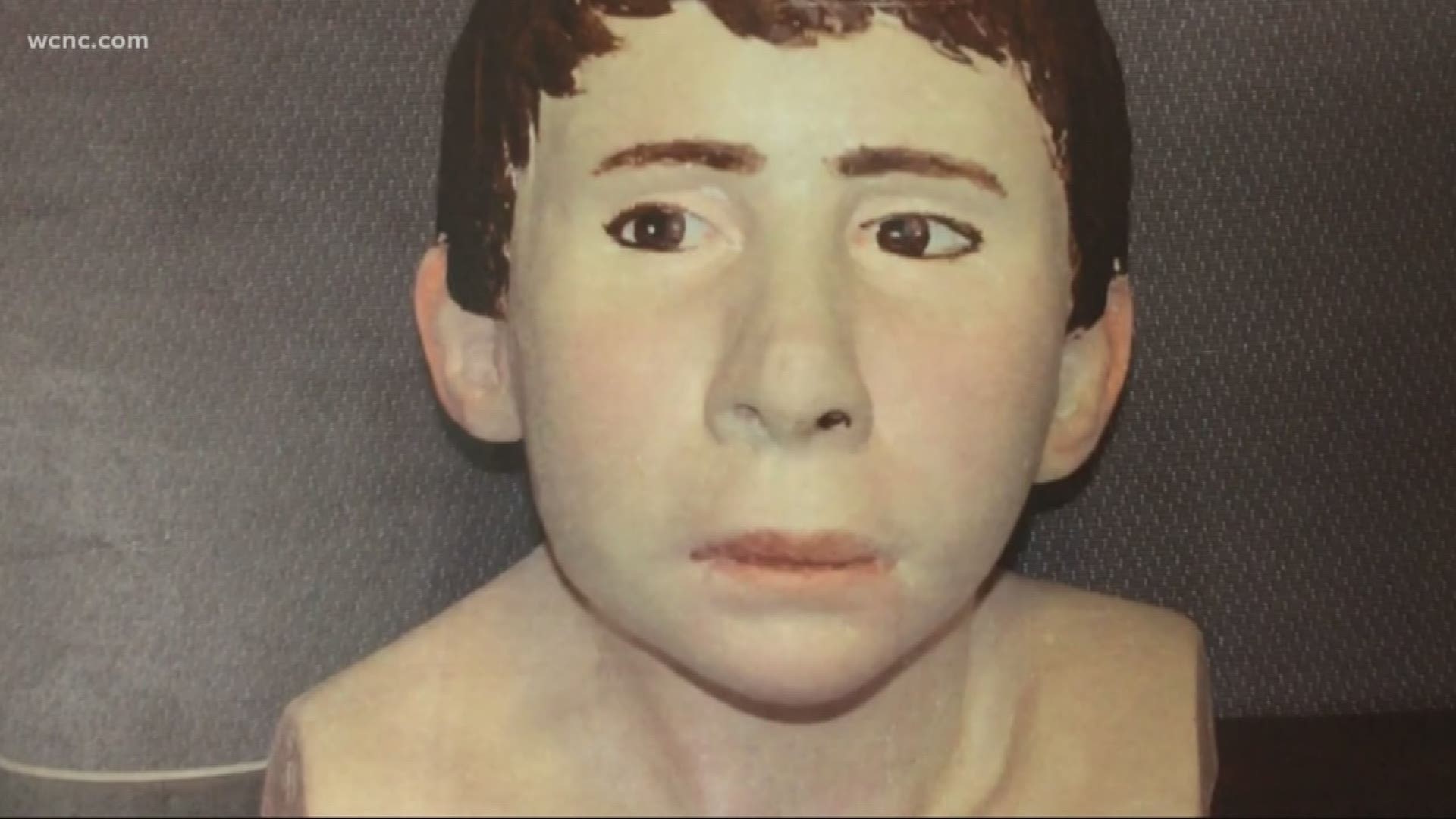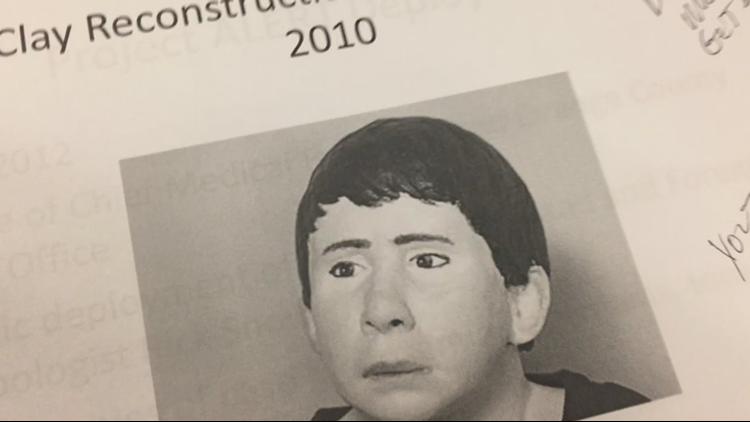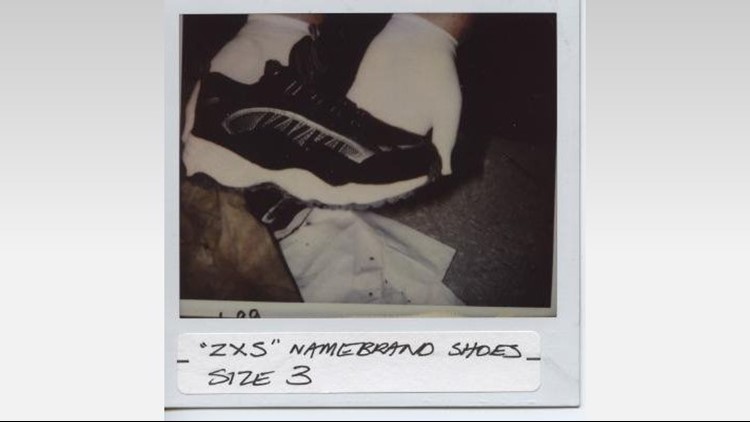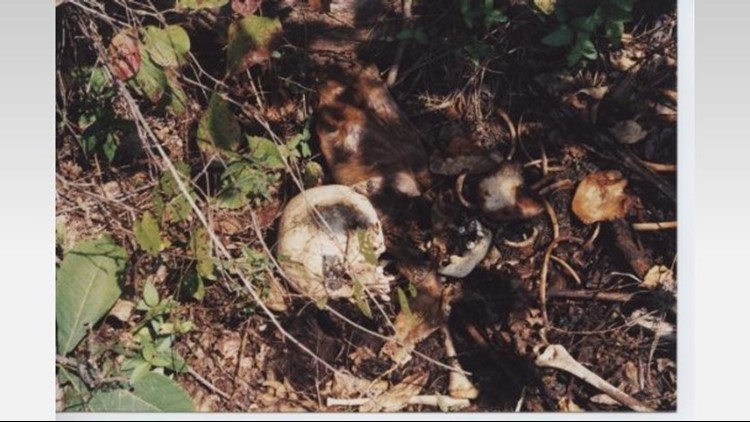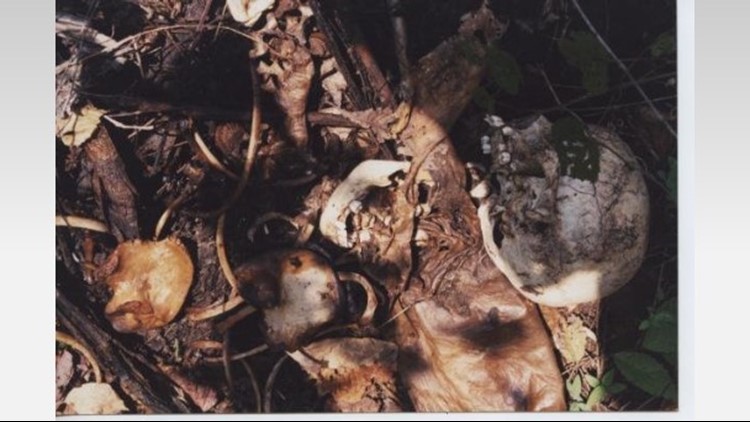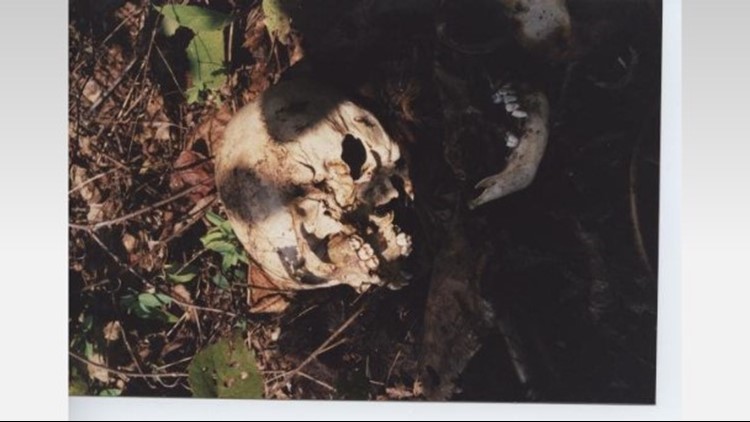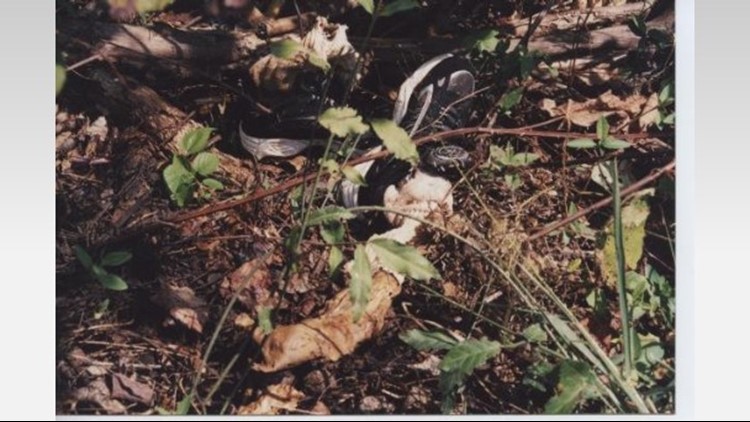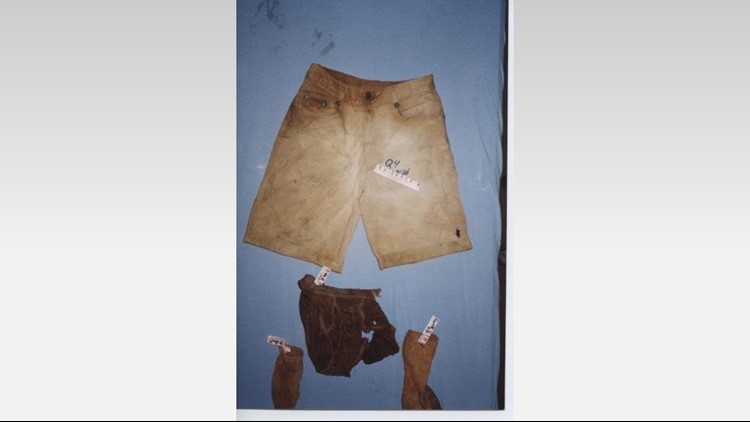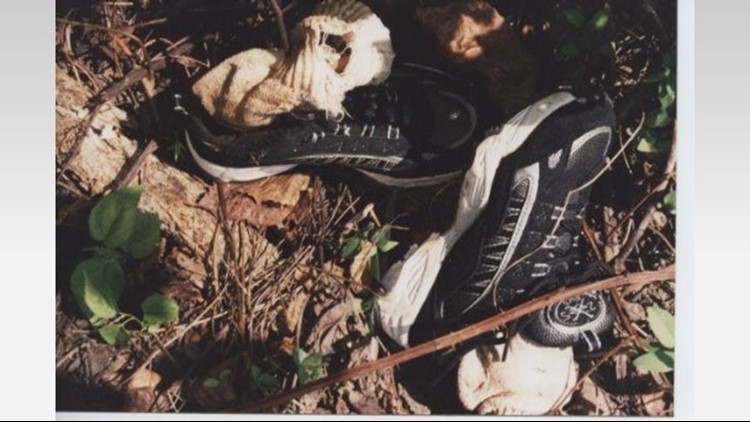A young boy was murdered 20 years ago. Why can't investigators find his name?
For Detective Tim Horne, there's one case that still haunts him to this day -- 20 years later -- a case that can fit in a single box.
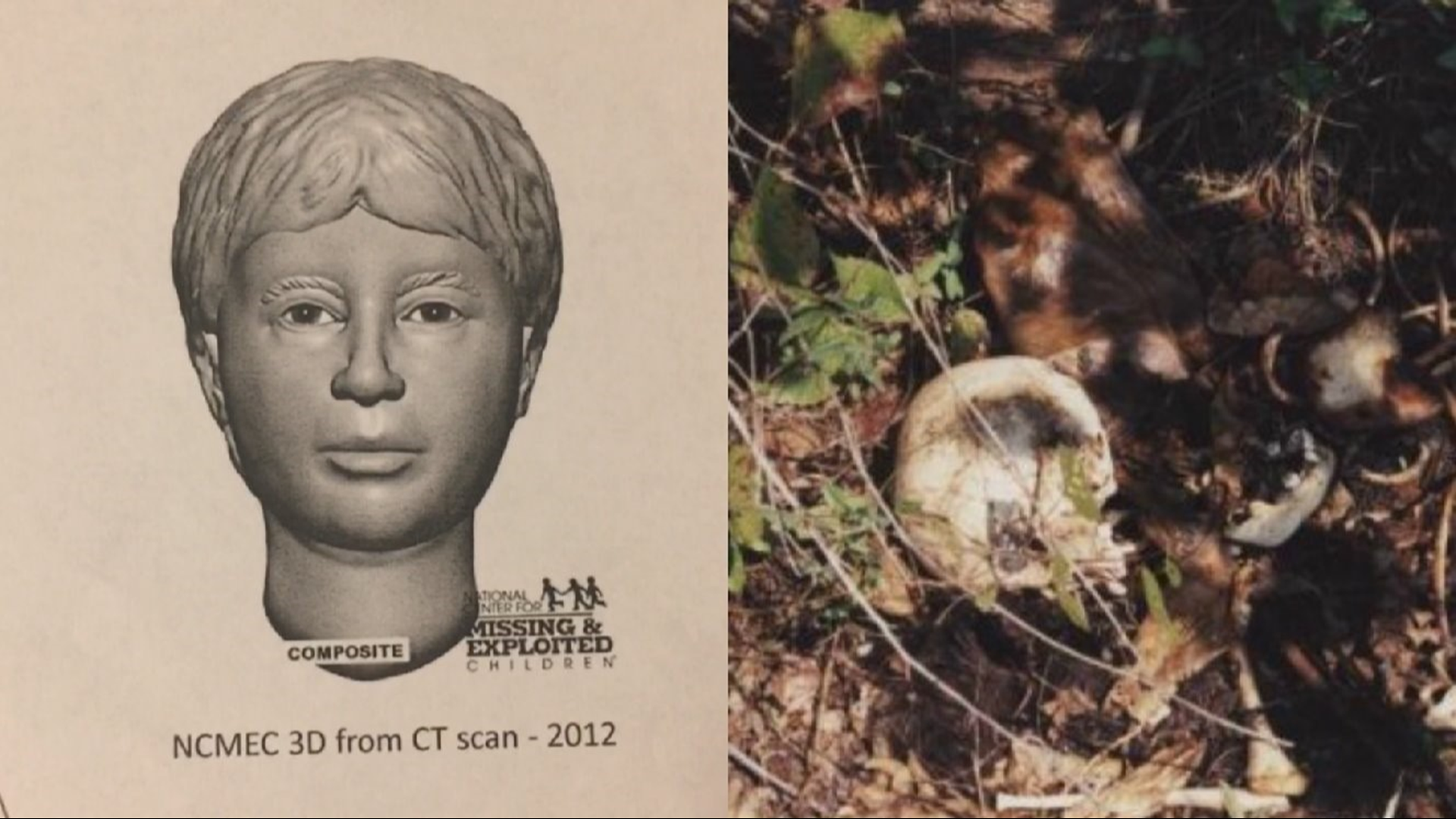
CHARLOTTE, N.C. -- For Detective Tim Horne, there's one case that still haunts him to this day -- 20 years later -- a case that can fit in a single box.
"I pretty much remember everything," Horne said.
Local newspapers at the time called him "the boy without a name". Investigators said his body was dumped, and after only two months, all that was left were his skeletal remains.

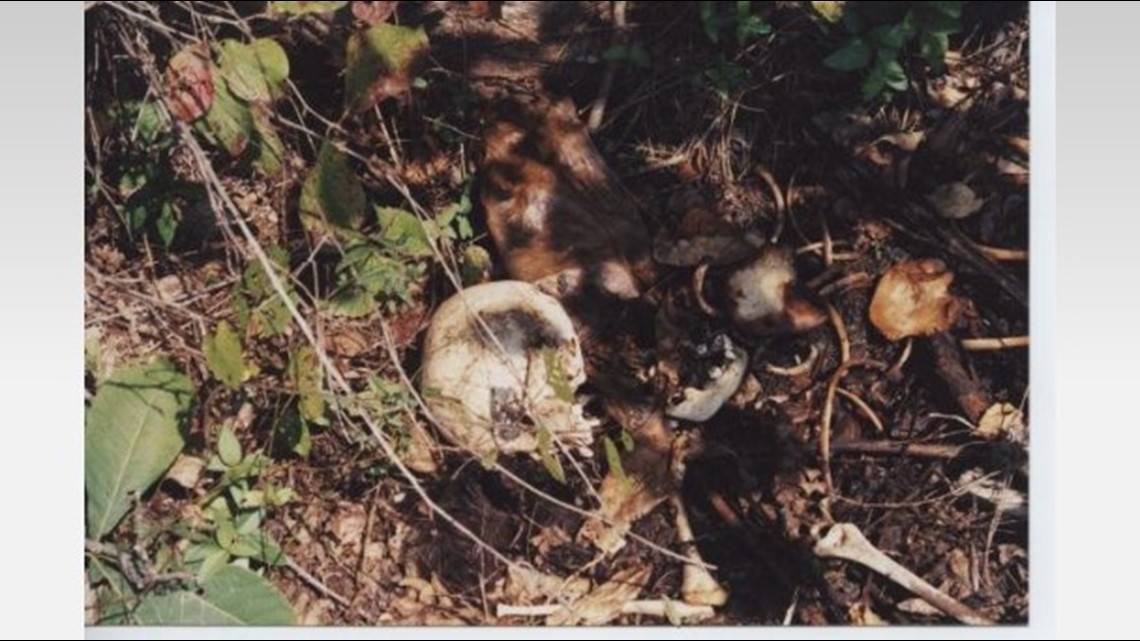
The lead investigator in the case still carries the weight of the box with him.
"Initially I kept it under my desk so every time I turned or moved, I was hitting my leg on it so I couldn't forget it," Horne said.
But how could he forget it? The memory of that day is etched forever in his mind.
THE GRUESOME DISCOVERY
"It was a hot September day," Horne recalled. "We got the call around noon that someone had been mowing along the interstate and had come upon the remains of a young child."
That was it. All that was left of little John Doe were his skull and almost all of the bones in his body. The heat of the North Carolina summer took a toll on the child.

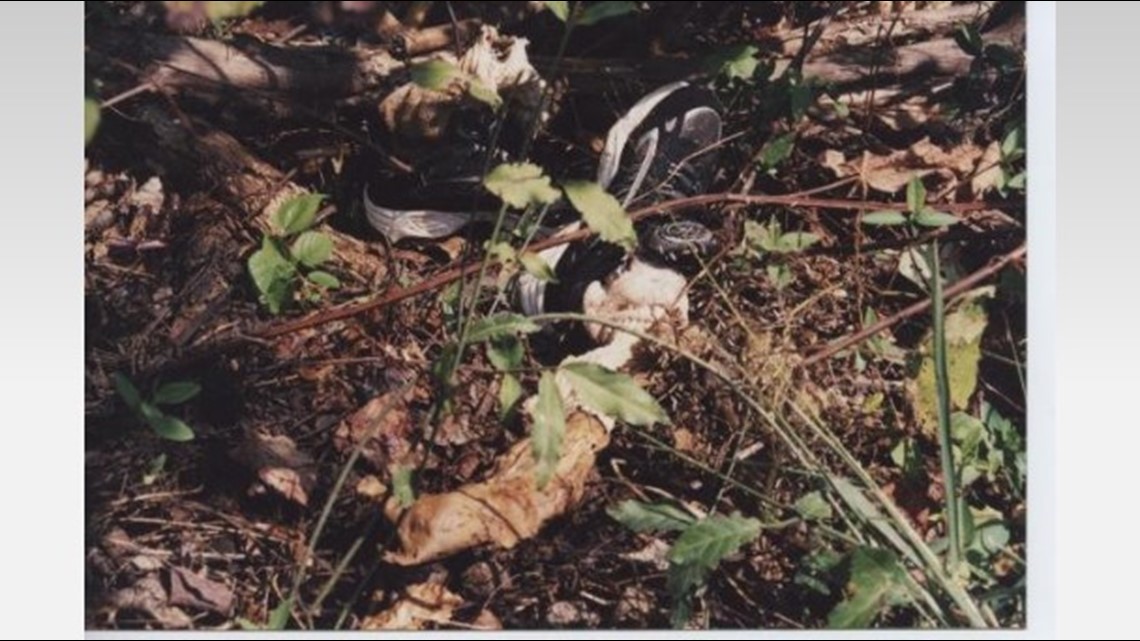
Horne guessed whoever dumped the little boy along the interstate did it quickly. The skull and bones were found just 75 feet from the highway.
"This area seemed to be somewhere you would pull off the interstate to dump a body and flee," Horne said.

Horne told NBC Charlotte that there were several tests performed on the skeletal remains. Based on weather conditions, investigators believed the boy was likely on the side of the road all summer before he was discovered.
But who was this little John Doe? And could investigators find the missing clues they needed to piece his life back together?
"In the vast majority of cases, people are killed by someone they know, and therefore if you don't know who they are, then it handicaps the investigation," Horne said.
This means before investigators can find out who killed the child, first that have to find out who the child is.
Currently, the child's remains are with the medical examiner.
THE HAUNTING CLUES
Early on in the case, investigators collected some solid clues. The shoes the little boy had been wearing the day he was dumped had led them to Walmart. But they were unable to pinpoint which store the shoes came from.


"We were trying to narrow down where in the country the shoes were distributed, but it didn't pan out," Horne said.
Nothing did. In fact, investigators couldn't even be sure the body was a male. All they had to go off of was the clothing found on the body, which was typical of a young boy.
"In this particular case, we ran out of leads fairly early, and we had to wait for technology to advance... and it did," Horne said.
ADVANCED TESTING
At the time the boy's body was discovered, technology was not as advanced as it is now.
"You gotta remember in 1998, DNA testing was fairly new at the state level, and it took time for tests to get performed," Horne said.
Later on, through that DNA testing, investigators were able to confirm the child was in fact male, possibly around nine to 12 years old.
At first, the child was listed as possibly being white, possibly Hispanic. The Smithsonian had initially sketched a white child. Investigators said both races have similar skull shapes, and this led to some confusion when putting a description out to the public.
A North Carolina-based anthropologist determined the skull was likely a Hispanic boy and created a second sketch.
The child was officially proven to be Hispanic. Investigators were afraid the description of a white child might have thrown some people off. The child now looked more Hispanic in his features.
Scientists are now able to look at the molecules in bones and teeth so they can tell where a person was the last 5 to 8 years of their life.

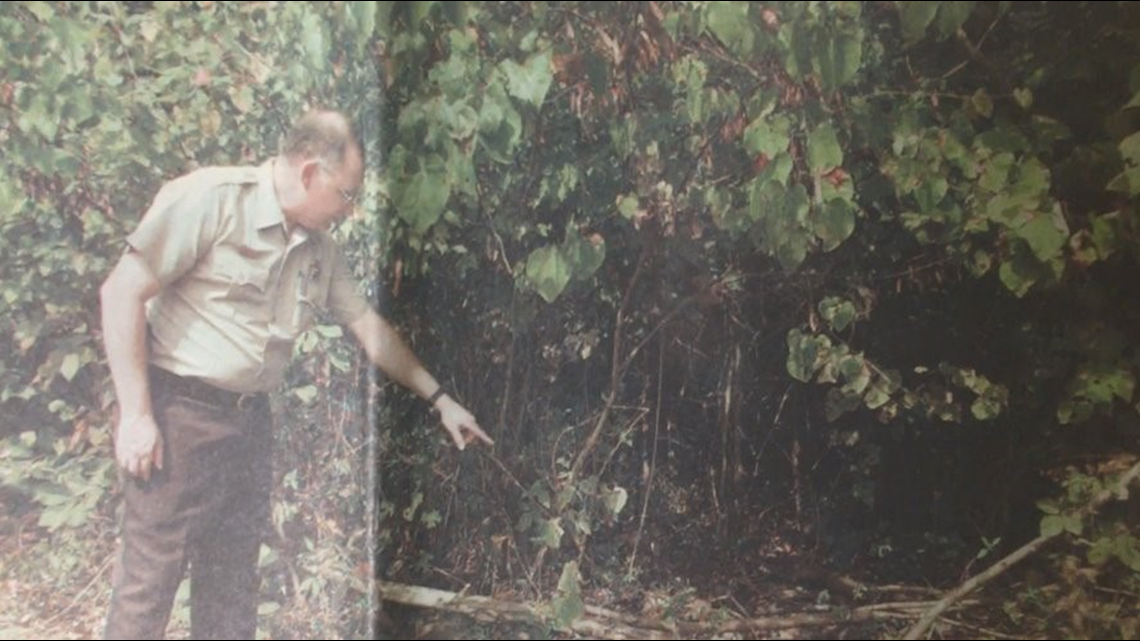
"The child was born and spent most of his life in the southeastern US, in a small area close to Charlotte that goes through South Carolina and hooks all the way to Texas," Horne said.
Horne also said a pollen test was just performed on the remains, and it showed the boy had spent some significant time in northern Georgia and northern Alabama.
Renowned sculptor Frank Bender was known for creating many sculptures of missing people over the years. The last one he did before he died was of the little boy.
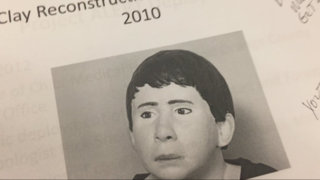
"He solved a lot of cases; he had a knack for getting it right."
But nothing worked.
HOW DID LITTLE JOHN DOE DIE?
The boy's death was investigated as a homicide after authorities said there was enough evidence to point to possible strangulation as his cause of death.
There were no gunshot wounds, no knife marks.
PHOTOS: Can investigators solve a 20-year-old cold case?
Unfortunately, officials were not able to recover all of the bones of the throat, and the medical examiner had to make an educated guess.
There was also something else really strange: Investigators found $50 in cash rolled up in the child's pocket.
"It was not unusual to have kids pretty young do some kind of job," Horne said.
Just a few months ago, Horne sent the cash off to the secret service hoping to get some fingerprints or track the serial numbers from the bill. Still nothing.
HOW CAN YOU HELP? DNA/ANCESTRY KITS
Investigators are now hoping those DNA/ancestry kits people have been getting as Christmas and birthday gifts will hold the key to finally solving this 20-year mystery.
"There are so many ancestry type DNA companies out there that we have access to," Horne said.
Investigators are hoping someone will do a genetic test, and they'll get a hit that that person is a close relative to the mystery child.
Horne said he is hopeful someone will just pick up the phone and give them the missing information they need to finally solve this cold case once and for all, but ultimately believes science will unlock the decades-old mystery.
Horne said he deals with this single case every week -- despite the hundreds of other cases that get placed before him.
"There are a few cases that stick with you for your entire career and this is one of those cases," Horne said.
In fact, Horne has extended his retirement date in the hopes that one day he can finally identify "the boy without a name."
If you have any information on this case you are asked to contact local authorities at 919-245-2920.


